Pragmatism and theory meet in Lluís Alexandre Casanovas Blanco’s ‘Real Estate Boom House’
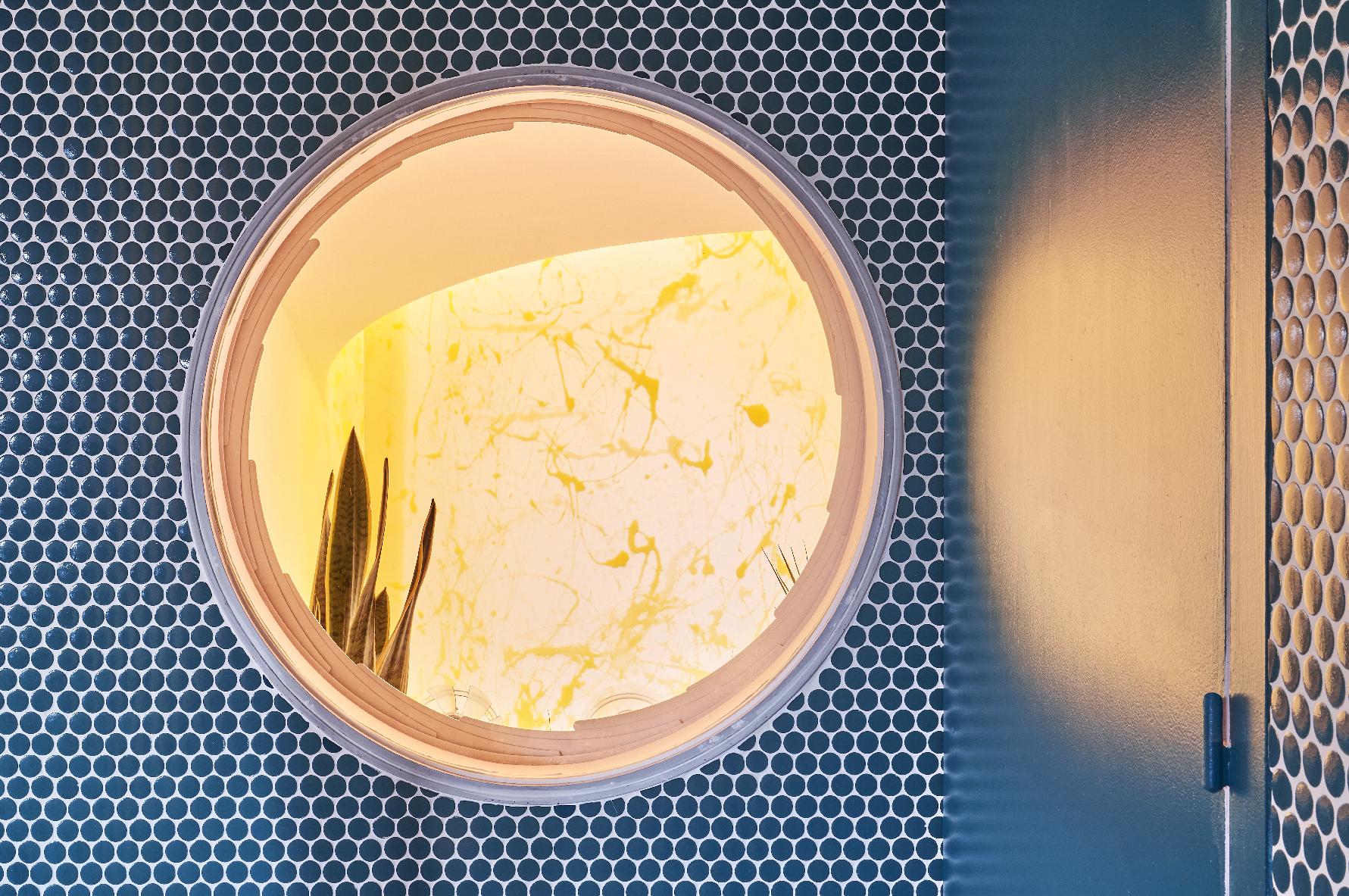
The architecture and construction industry in Spain was booming in the final two decades of the 20th century. The country was riding a wave of bliss and – perceived, at least – prosperity, with new projects springing up everywhere, from housing blocks and single family dwellings to museums and civic buildings of all shapes and sizes. Then, a few years into the 21st century, things drastically changed. The worldwide financial crisis hit the Mediterranean country hard, leaving it with a number of unfinished works and even more that remained disused, unsold and empty. The Spanish Pavilion at the 2016 Venice Architecture Biennale depicted just that, winning the year’s Golden Lion as a result.
New York and Barcelona-based Lluís Alexandre Casanovas Blanco is all too familiar with this situation. The architect has been researching the current state of the industry in his native country for a while, looking at the housing bubble as a period of ‘frenzied economic growth’. His latest renovation project, the ‘Real Estate Boom House’ is a direct result of this exploration.

Casanovas Blanco’s beautiful drawings depict the design of the house that spans three levels
‘The so-called “Spanish housing bubble” collapsed in 2008, leaving behind a huge housing stock which reflects the societal transformation of most of the country’s population from lower middle-class to upper-middle class', says Casanovas Blanco.
A single family house built in the booming 1990s in the Catalan village of Cardedeu, a short drive from Barcelona – became his case study. ‘The house can be considered paradigmatic of the aesthetic fostered by this financial phenomenon for at least three reasons’, he explains.
Casanovas Blanco led a series of interventions in the house that highlight three key points about the building – the design, material and construction that make this house typical of its era, its views of the village, fields and surrounding urbanisation, and the domestic interior typology of its generation.
The staircase was carefully ‘excavated’ and became a key feature in the new design. Different areas were given a refresh and treated with a mix of new techniques and traditional crafts. The project includes, for example, the development of a textile prototype using Castilian bobbin lace, which was woven by the client and resident of the house.
Casanovas Blanco also aims to highlight through his artistic work a generation of architects who ‘constructed their practice as a foray into alternative forms of architectural production such as performance, criticism or curatorial work’, he adds.
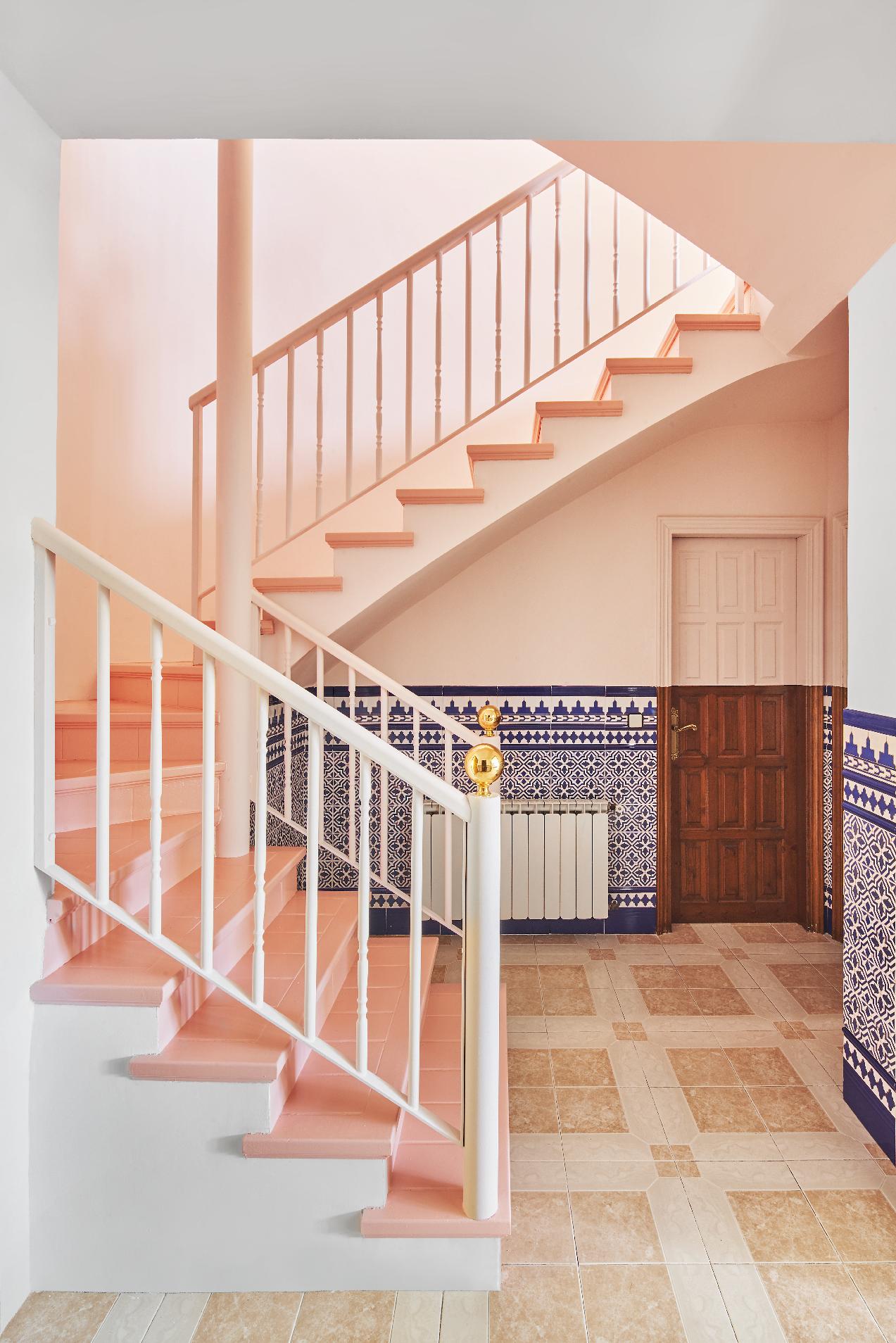
The design involved the conversion of an existing house and is a comment on Spain's real estate boom of the past few decades.
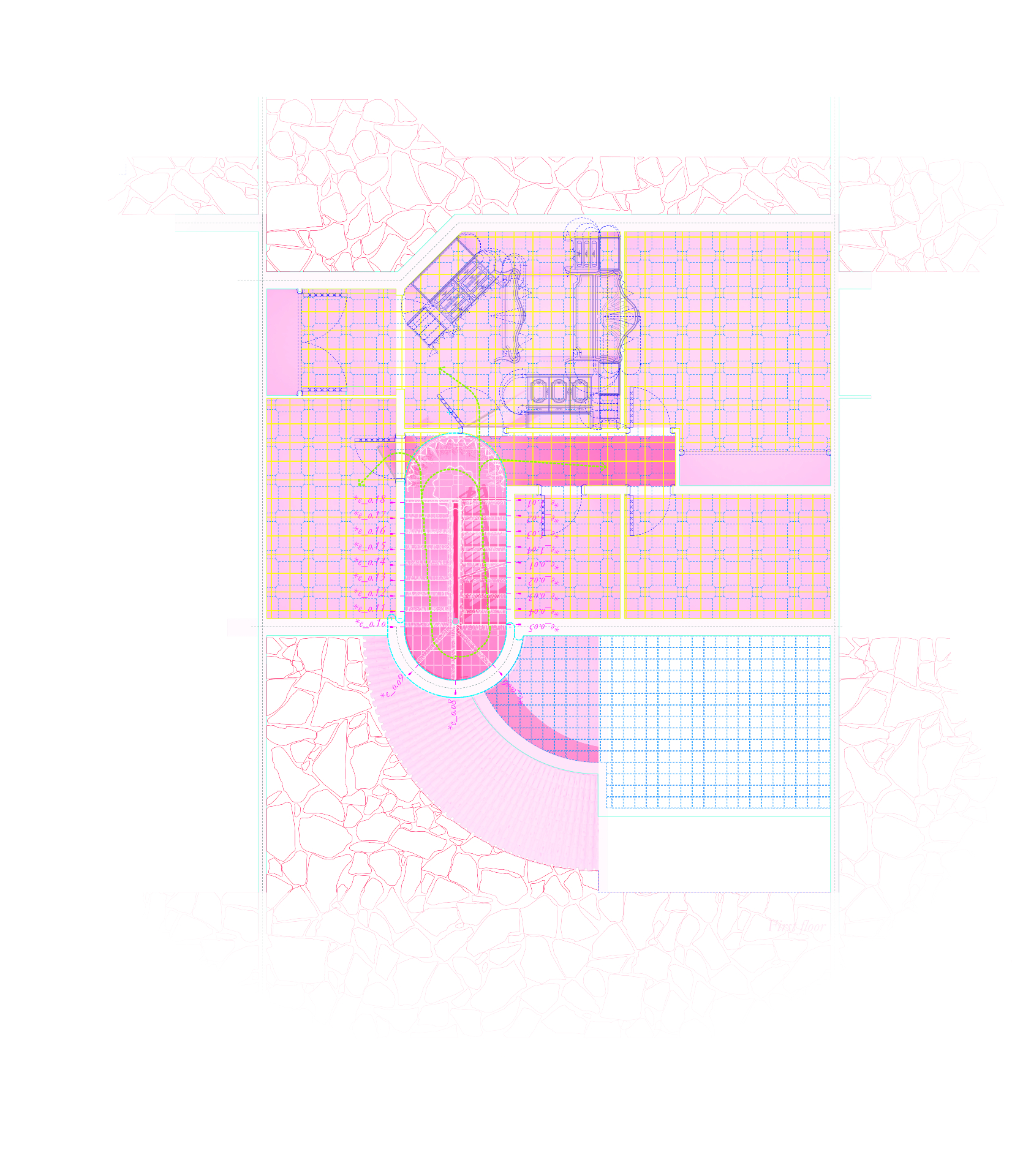
The architect wanted to highlight the building's original materials, construction and design
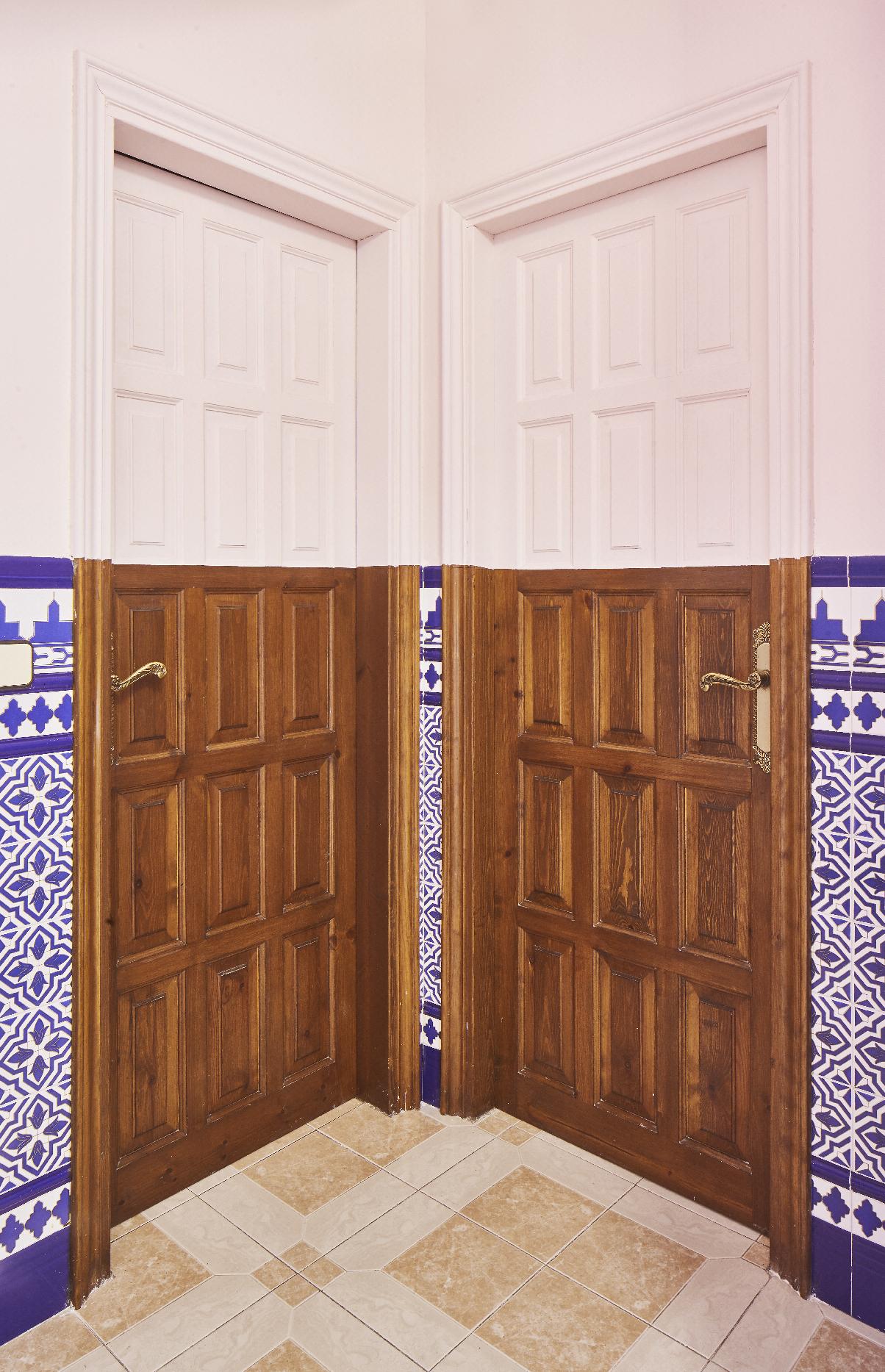
'The so-called 'Spanish housing bubble' collapsed in 2008, leaving behind a huge housing stock', says the architect.
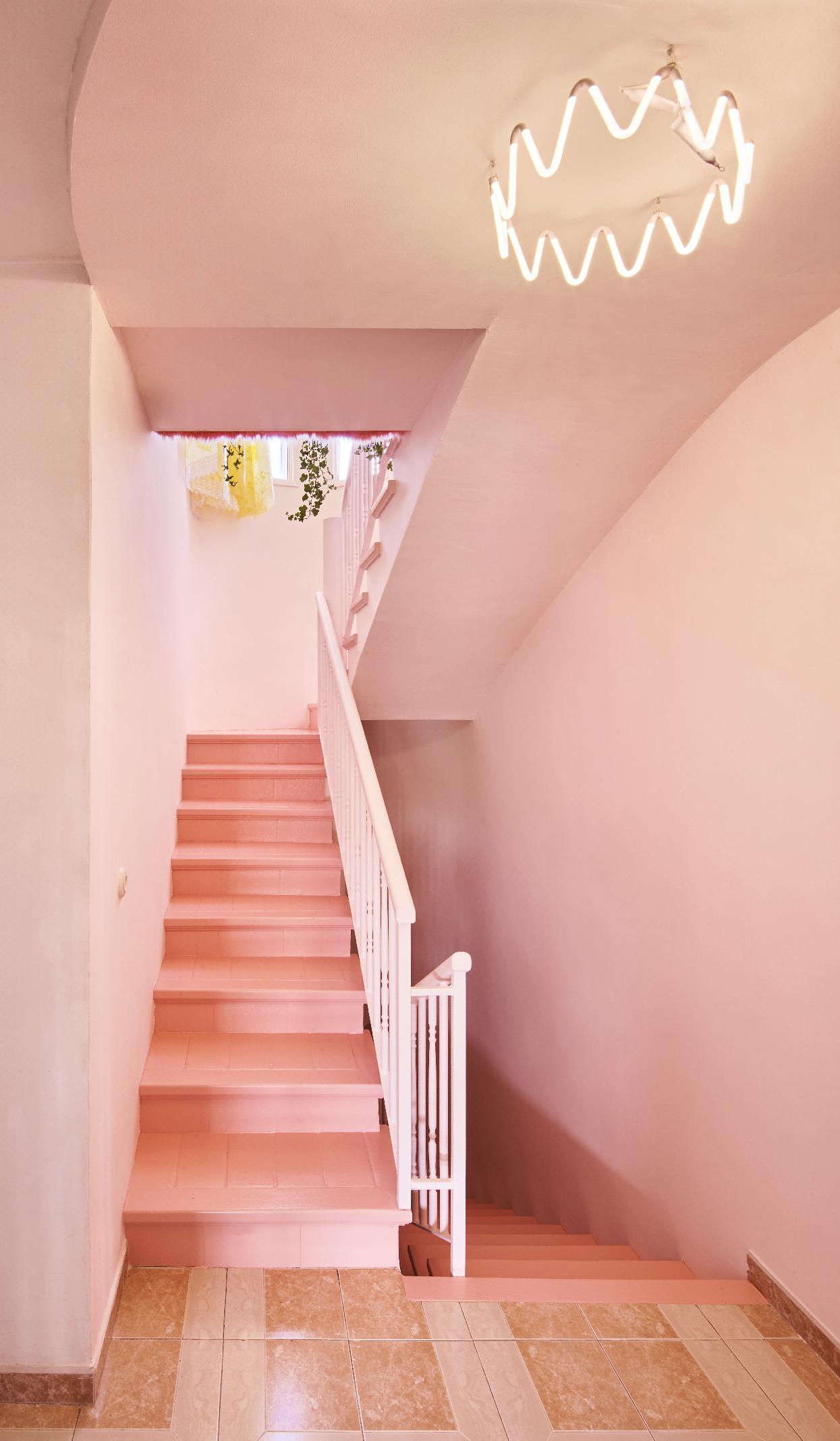
Casanovas Blanco treated this renovation as part of a historic document of the 1990s’ 'frenzied economic growth' in the country.
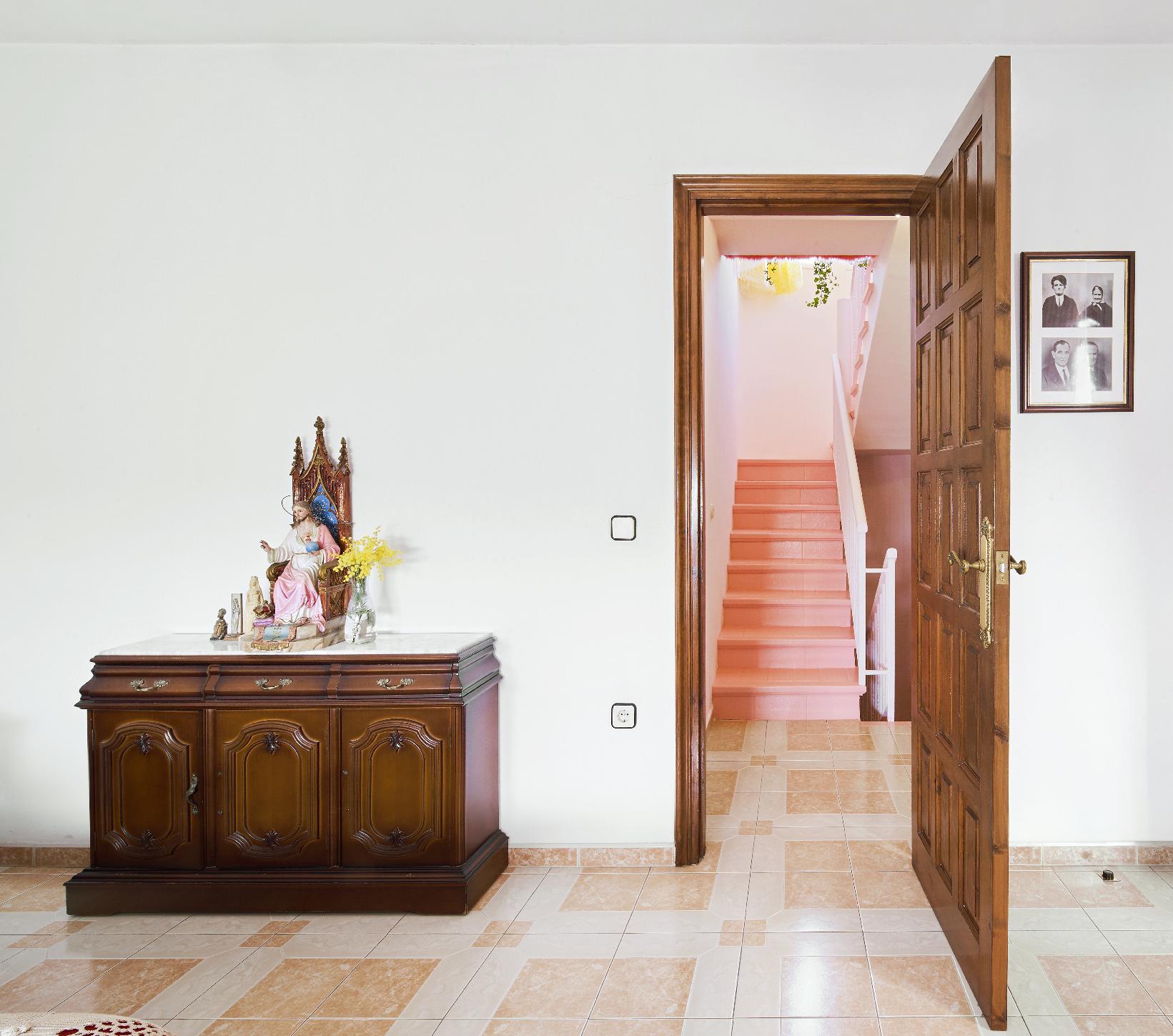
The renovation was addressed as a series of interventions.
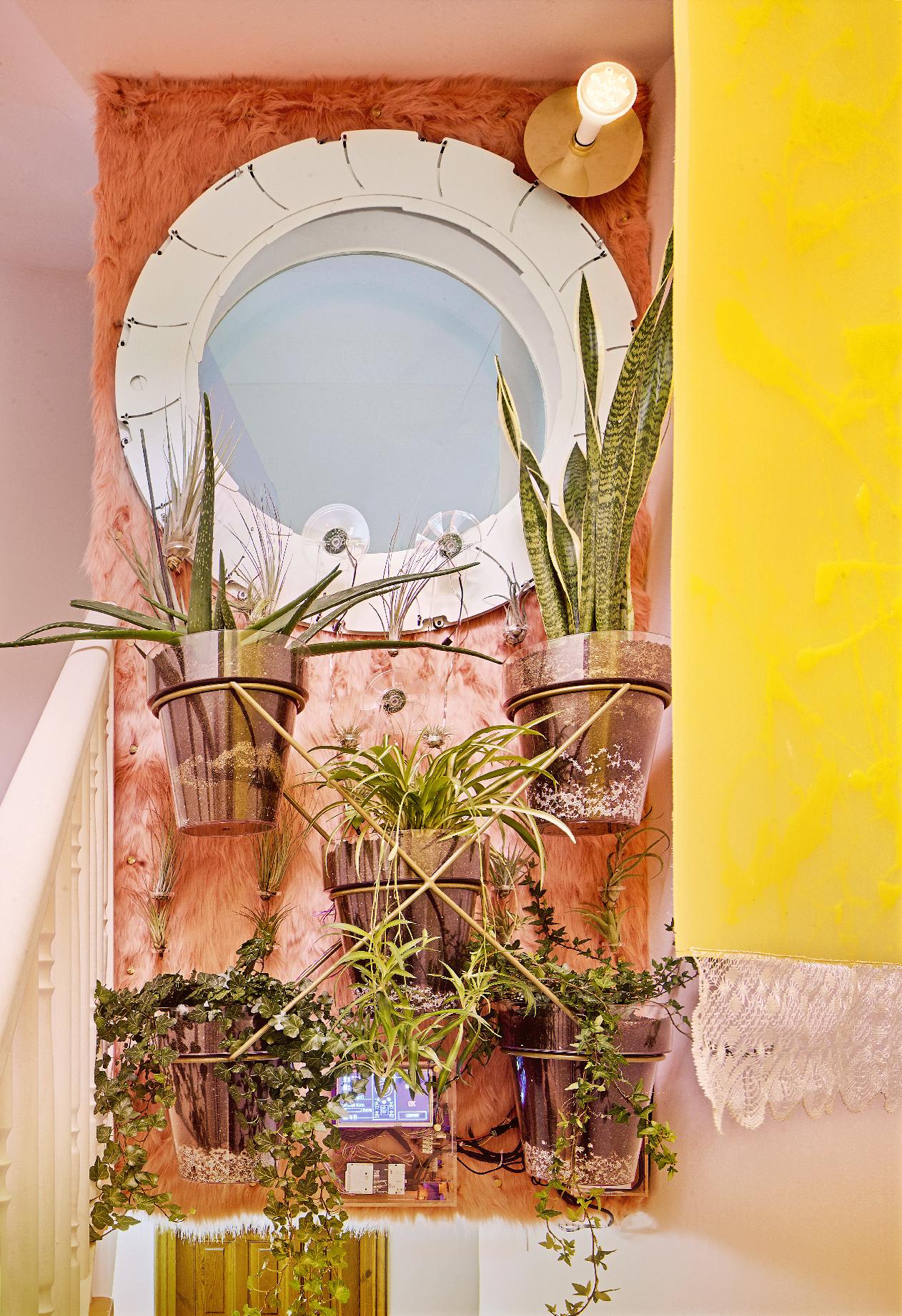
The staircase was 'archaeologically restored', explains the architect, using old local craft techniques mixed with new technologies.

The views out towards the surrounding village and urbanisation of the fields around it were also key to the new design

The architect worked with the materials and details that gave the house its original identity.

The experimental project is both a pragmatic refurbishment and a research project.
INFORMATION
For more information visit the website of Lluis Alexandre Casanovas Blanco
Receive our daily digest of inspiration, escapism and design stories from around the world direct to your inbox.
Ellie Stathaki is the Architecture & Environment Director at Wallpaper*. She trained as an architect at the Aristotle University of Thessaloniki in Greece and studied architectural history at the Bartlett in London. Now an established journalist, she has been a member of the Wallpaper* team since 2006, visiting buildings across the globe and interviewing leading architects such as Tadao Ando and Rem Koolhaas. Ellie has also taken part in judging panels, moderated events, curated shows and contributed in books, such as The Contemporary House (Thames & Hudson, 2018), Glenn Sestig Architecture Diary (2020) and House London (2022).
-
 Art and culture editor Hannah Silver's top ten interviews of 2025
Art and culture editor Hannah Silver's top ten interviews of 2025Glitching, coding and painting: 2025 has been a bumper year for art and culture. Here, Art and culture editor Hannah Silver selects her favourite moments
-
 In Norway, remoteness becomes the new luxury
In Norway, remoteness becomes the new luxuryAcross islands and fjords, a new wave of design-led hideaways is elevating remoteness into a refined, elemental form of luxury
-
 The rising style stars of 2026: Oscar Ouyang is taking knitwear into new realms
The rising style stars of 2026: Oscar Ouyang is taking knitwear into new realmsAs part of the January 2026 Next Generation issue of Wallpaper*, we meet fashion’s next generation. Born in Beijing, Central Saint Martins graduate Oscar Ouyang is inspired by anime, medieval folklore and his friends’ wardrobes
-
 In the heart of Basque Country, Bjarke Ingels unveils a striking modular building devoted to culinary research
In the heart of Basque Country, Bjarke Ingels unveils a striking modular building devoted to culinary researchSee what the architect cooked up for the Basque Culinary Center in San Sebastián, Spain
-
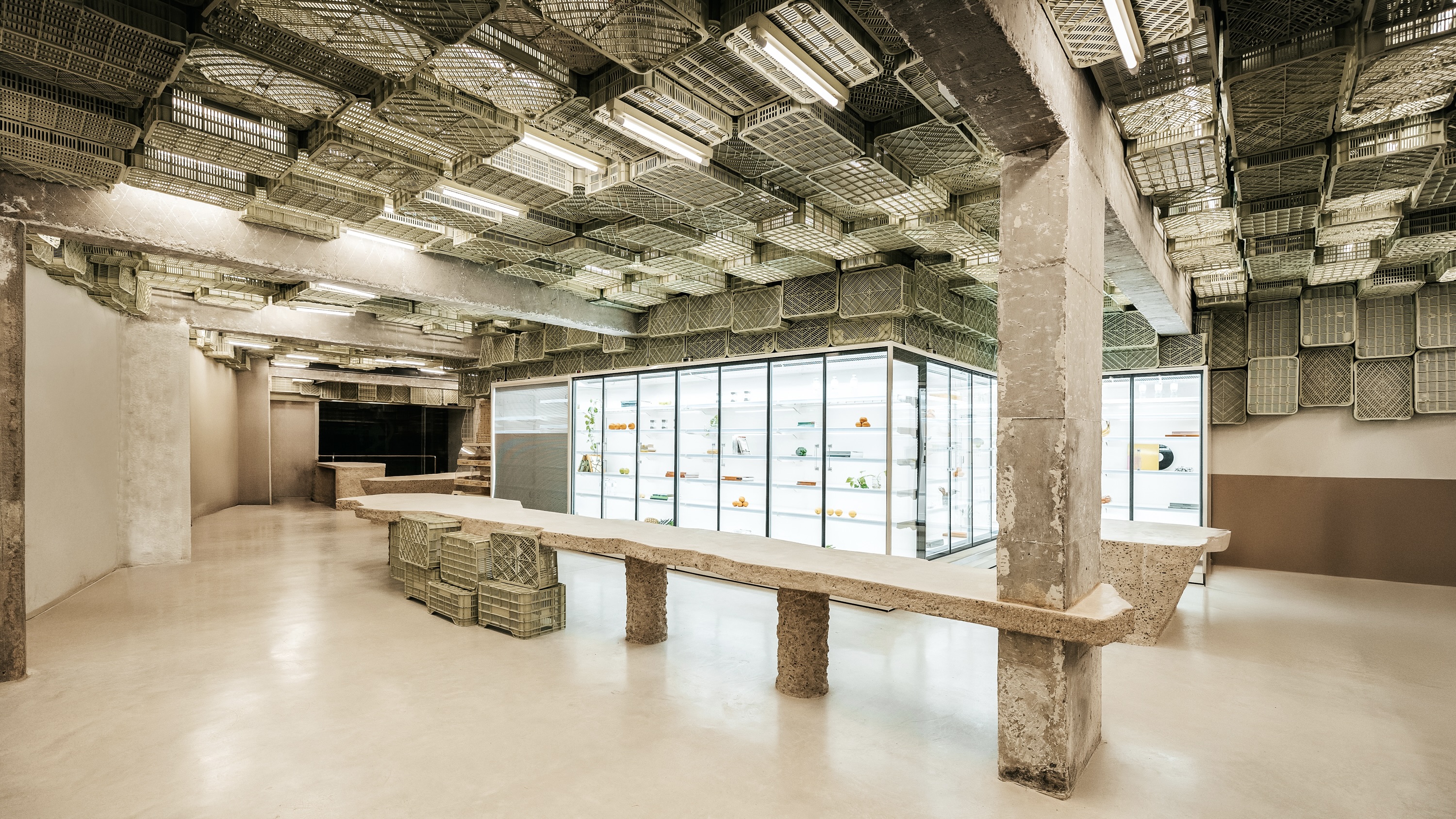 Spice up the weekly shop at Mallorca’s brutalist supermarket
Spice up the weekly shop at Mallorca’s brutalist supermarketIn this brutalist supermarket, through the use of raw concrete, monolithic forms and modular elements, designer Minimal Studio hints at a critique of consumer culture
-
 A Spanish house designed to ‘provide not just shelter, but a tangible, physical experience’
A Spanish house designed to ‘provide not just shelter, but a tangible, physical experience’A Spanish house outside Tarragona creates a tangible framework for the everyday life of a couple working flexibly in the digital world
-
 Meet Ferdinand Fillod, a forgotten pioneer of prefabricated architecture
Meet Ferdinand Fillod, a forgotten pioneer of prefabricated architectureHis clever flat-pack structures were 'a little like Ikea before its time.'
-
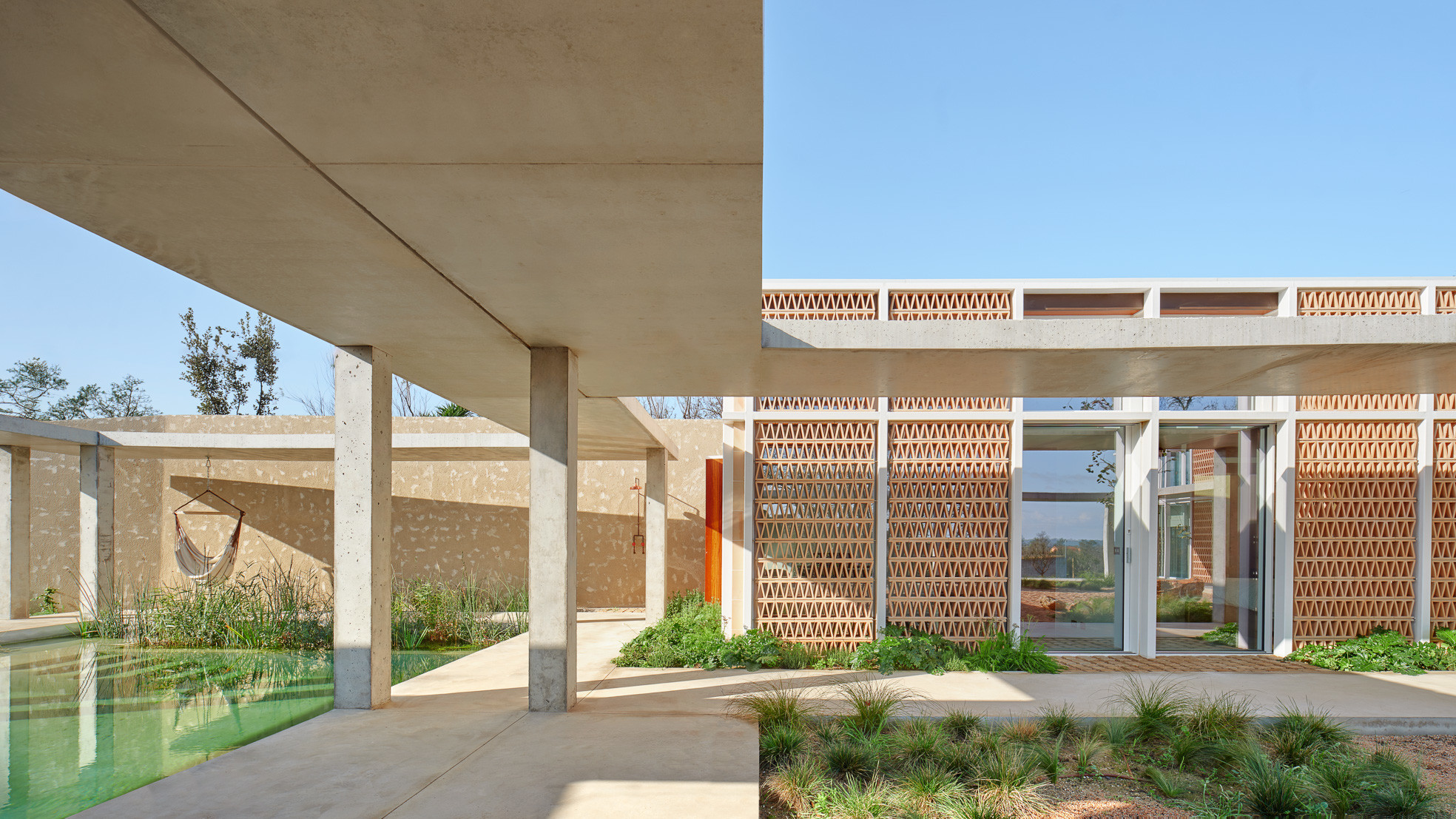 A courtyard house in northern Spain plays with classical influences and modernist forms
A courtyard house in northern Spain plays with classical influences and modernist formsA new courtyard house, Casa Tres Patis by Twobo Arquitectura, is a private complex that combines rich materiality and intriguing spatial alignments
-
 In Santander, a cotton candy-coloured HQ is a contemporary delight
In Santander, a cotton candy-coloured HQ is a contemporary delightSantander’s Colección ES Headquarters, a multifunctional space for art, office work, and hosting, underwent a refurbishment by Carbajo Hermanos, drawing inspiration from both travels and local context
-
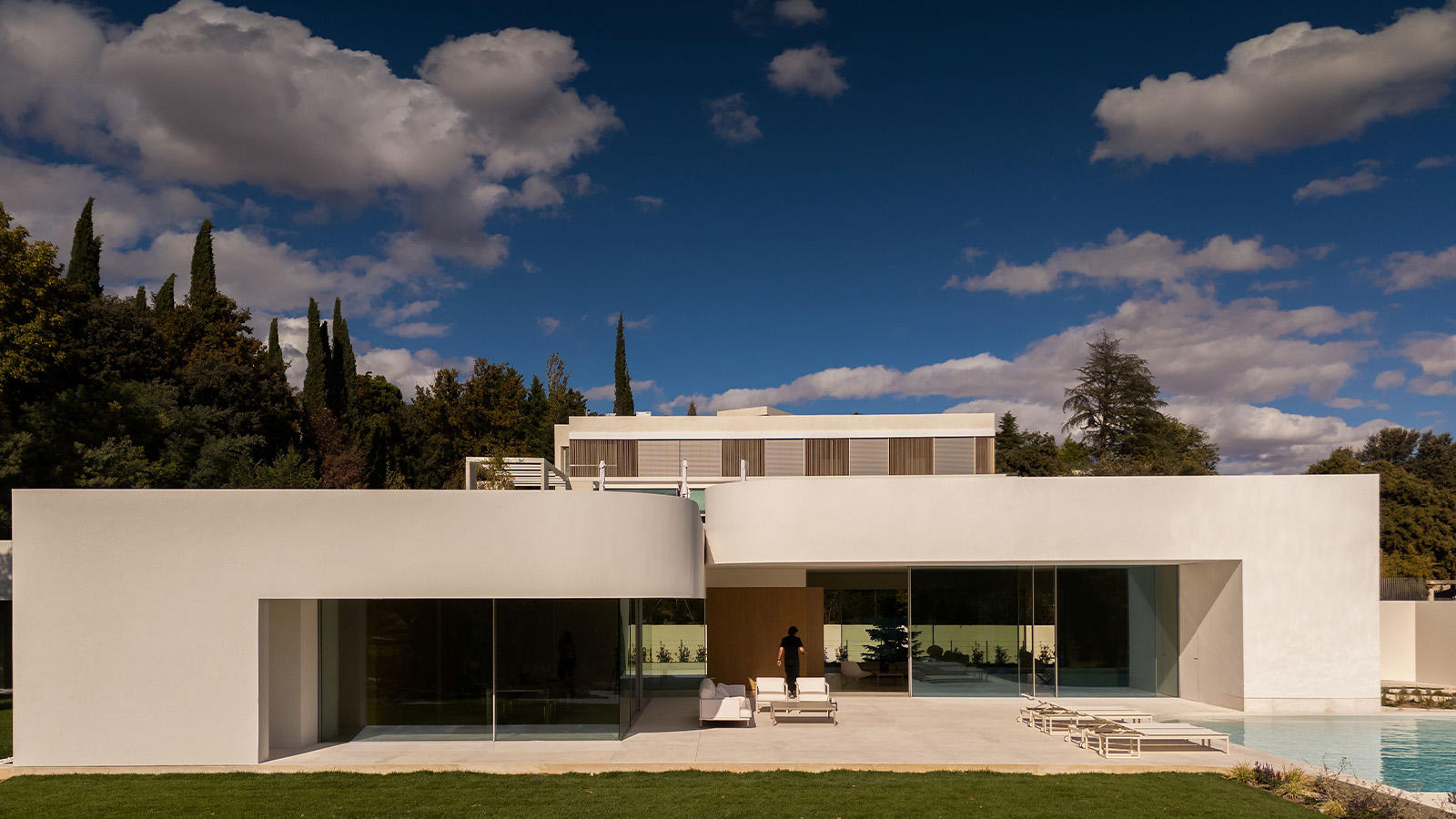 This Madrid villa’s sculptural details add to its serene appeal
This Madrid villa’s sculptural details add to its serene appealVilla 18 by Fran Silvestre Architects, one of a trilogy of new homes in La Moraleja, plays with geometry and curves – take a tour
-
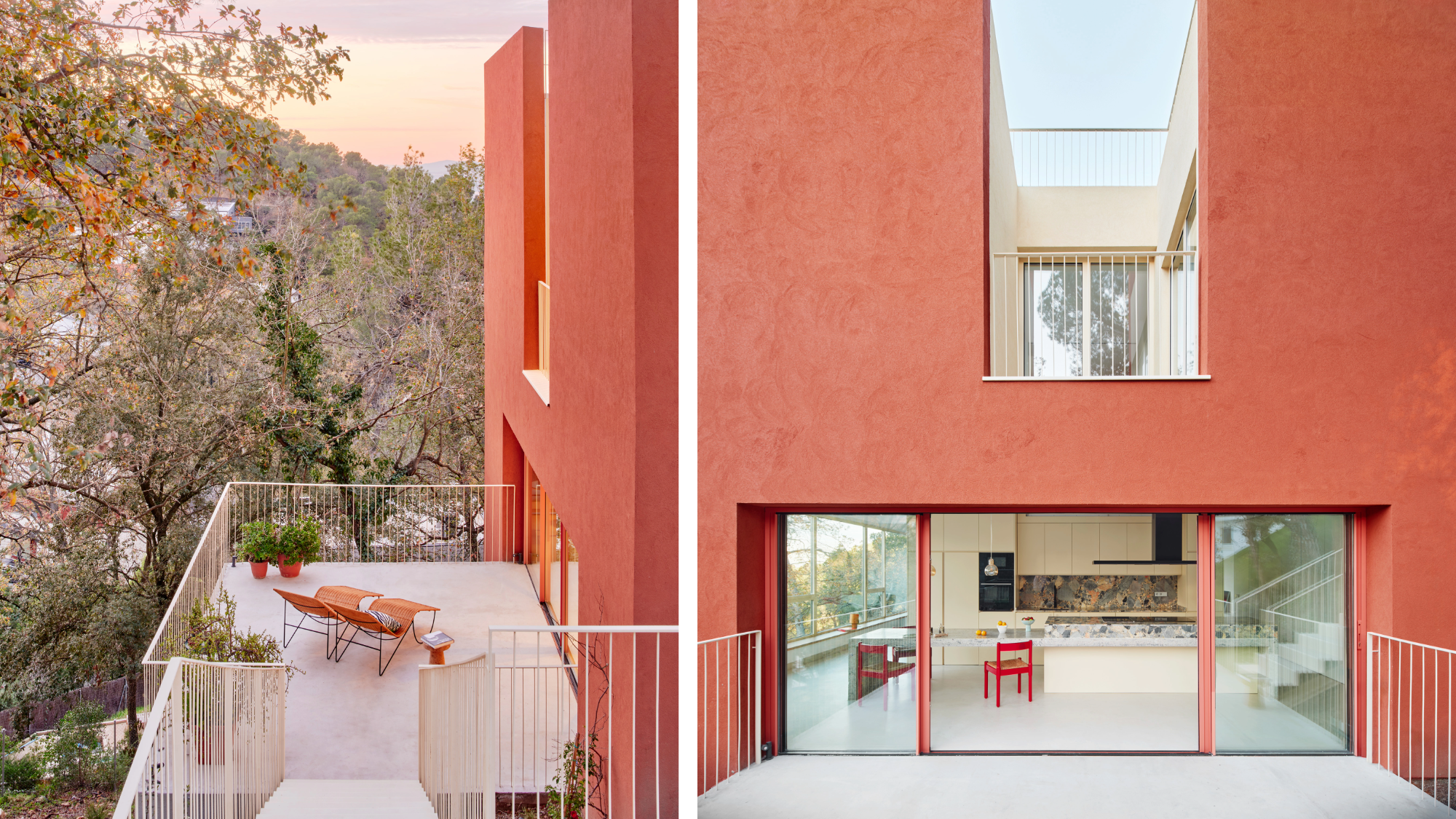 This striking Spanish house makes the most of a tricky plot in a good area
This striking Spanish house makes the most of a tricky plot in a good areaA Spanish house perched on a steep slope in the leafy suburbs of Barcelona, Raúl Sánchez Architects’ Casa Magarola features colourful details, vintage designs and hidden balconies